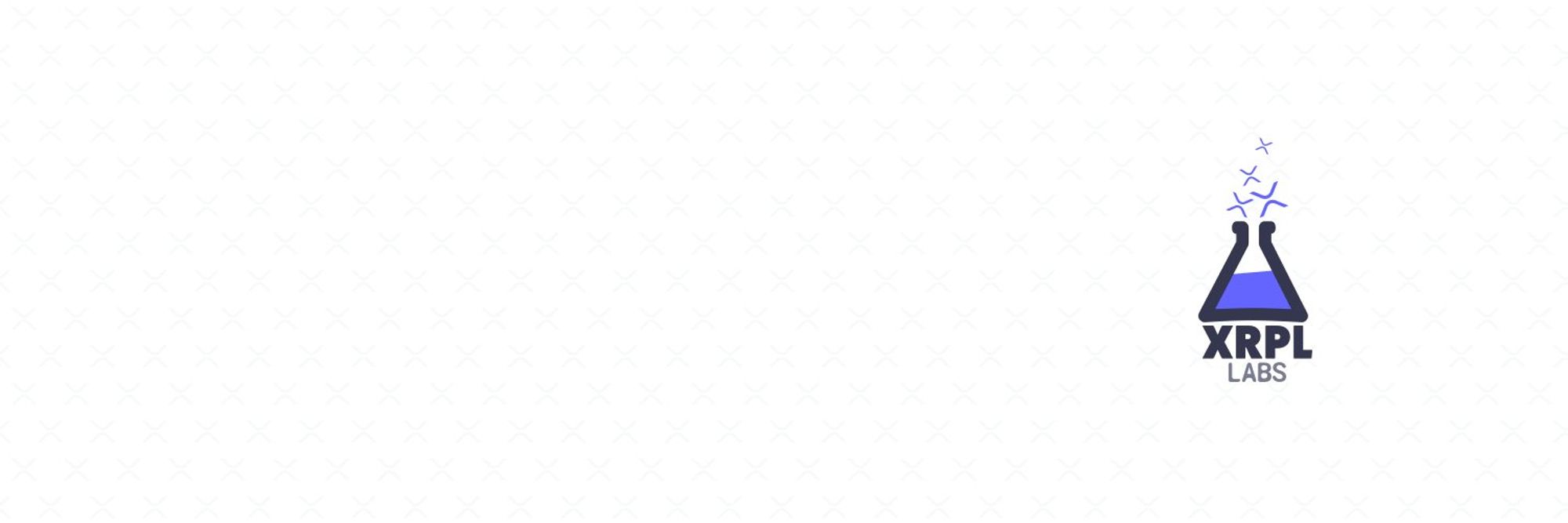Setting things up
 Installing Node and VS Code Editor
Installing Node and VS Code Editor Installing "XRPL JS TS Demo" and Dependencies
Installing "XRPL JS TS Demo" and DependenciesXRP Ledger accounts
 Learning More About XRP Ledger Account
Learning More About XRP Ledger Account Generating XRPL Account
Generating XRPL Account Derive r-address From Secret
Derive r-address From Secret Brief Overview of The XRP Ledger
Brief Overview of The XRP LedgerFirst XRPL interaction
 Activate Existing XRPL Account on Test Network
Activate Existing XRPL Account on Test Network Connecting and Interacting with XRP Ledger: account_info
Connecting and Interacting with XRP Ledger: account_info Interacting with XRP Ledger using JSON-RPC
Interacting with XRP Ledger using JSON-RPC Error Handling and Best Practices
Error Handling and Best Practices Basics of XRP and Issued Currency
Basics of XRP and Issued Currency Signing Payment Transaction
Signing Payment Transaction Assignment Solution
Assignment Solution Verifying Signature
Verifying Signature Submit Transaction Signature To XRP Ledger
Submit Transaction Signature To XRP Ledger Subscription Methods
Subscription Methods Subscription Methods To Build Responsive App
Subscription Methods To Build Responsive App Transaction Verification
Transaction Verification Balance Detail
Balance Detail Transaction Cost
Transaction Cost Measures to Avoid Ledger Spamming
Measures to Avoid Ledger Spamming Source And Destination Tags
Source And Destination Tags AccountSet Transaction: Domain, Gravatar
AccountSet Transaction: Domain, Gravatar AccountSet Transaction: SetFlag, ClearFlag
AccountSet Transaction: SetFlag, ClearFlag Deposit Authorization
Deposit AuthorizationTokens, transactions
 Issuing Token on XRPL
Issuing Token on XRPL Token(IOU): Payment Transaction
Token(IOU): Payment Transaction Commands To Fetch TrustLine Information
Commands To Fetch TrustLine Information Freeze a TrustLine
Freeze a TrustLine Issuer: Transfer Fees
Issuer: Transfer Fees More about TrustLine
More about TrustLine Currency Code In Hex Format
Currency Code In Hex Format Removing a TrustLine
Removing a TrustLine Require authorization Flag
Require authorization FlagLedger features
 AccountDelete Transaction
AccountDelete Transaction Tickets: Theory
Tickets: Theory TicketCreate Transaction
TicketCreate Transaction Delete Ticket Object
Delete Ticket ObjectSetRegularKey
 SetRegularKey: The Concept
SetRegularKey: The Concept Assigning RegularKey
Assigning RegularKey Change RegularKey
Change RegularKey Remove RegularKey
Remove RegularKey Blackhole An Account
Blackhole An AccountMultiSigning
 MultiSigning: The Concept
MultiSigning: The Concept Create SignerList
Create SignerList Replace SignerList
Replace SignerList Multi-signed Payment Transaction
Multi-signed Payment Transaction Removing SignerList
Removing SignerListSource And Destination Tags
Intro
Importance and use case of Source and Destination Tags.
Video
Topics covered
- How much reserve the exchanges pay?
- How exchanges attach meaning to destination and source tags.
- For the ledger source and destination tags are just an additional piece of information and it doesn’t hold any meaning.
- What happens if you send payment to an exchange account and forget to include destination tag.
- Making destination tag a required field.
References
- Source and Destination Tags
- AccountSet: RequireDest
Use-case
There are many use cases for Source and Destination tags, and I’ve talked about some of them in the video.
One another use case is for centralised systems(ex: exchanges): Centralised systems usually have 1 (or couple) address and it identifies its users with unique destination tag.
Problem: Now consider a scenario where one of your user wants to send funds to another user within your own system. i.e., Two of your users want to transaction.
In such a case, the transaction payload will have same address in both Account and Destination fields, the transaction(if submitted to network) fails with following error: temREDUNDANT. Clearly you are not supposed to have same address in both Account and Destination fields in a transaction.
Solution: Use source and destination tags.
Since the transactions will be happening with in your own centralised system, you can just check if both Account and Destination is same(and that the address belongs to you), then look up the source and destination tags in your own database to identify the sender and receiver, and change the balance of them directly in your database, instead of submitting the transaction to the ledger.
← Previous
Next →
- Source And Destination Tags
- Intro
- Video
- Topics covered
- References
- Use-case



